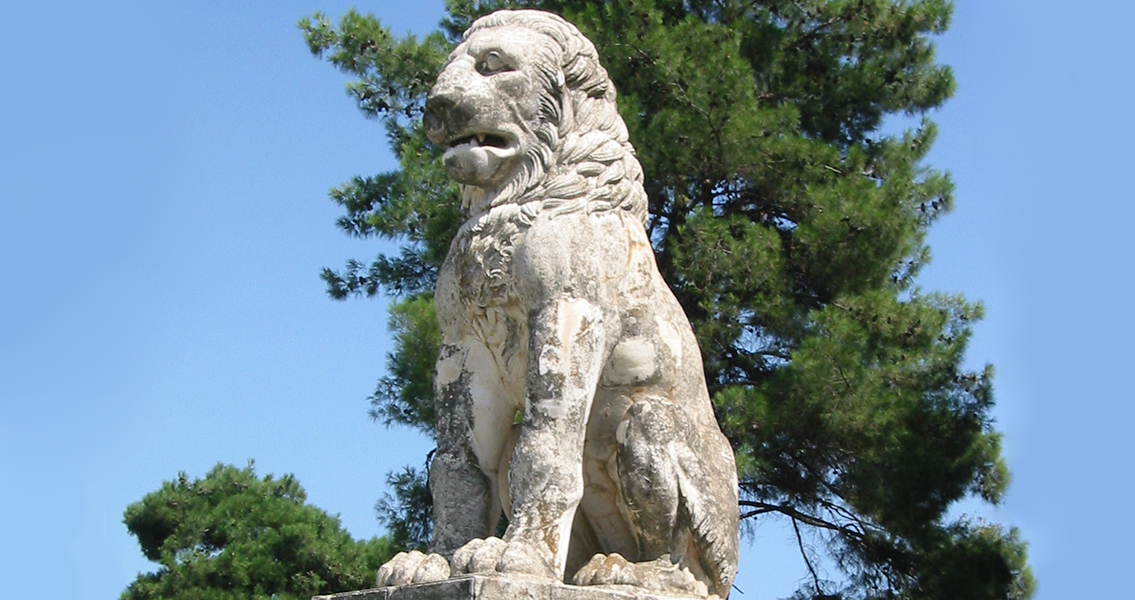<![CDATA[The massive tomb complex discovered just outside Amphipolis in Greece may not be the only archaeological wonder beneath the surface of Casta Hill, researchers have recently announced. According to a news story appearing in The Greek Reporter, a second tomb is likely to be located directly to the west of the one found in 2012, buried approximately two meters below the surface. Researchers from the Aristotle University of Thessaloniki’s Laboratory of Applied Geophysics point to a recent geophysical survey carried out at the site, with Grigoris Tsokas, the director of the laboratory, proclaiming that there is a need to return to Casta Hill and excavate further. There is something there, Tsokas claims, pointing to the three-dimensional representation and the distribution of resistance found by the survey. The official opinion of the laboratory is that there is indeed a second monument located there, though it is nowhere near the size of the giant tomb complex discovered several years ago. The survey, which was commissioned in 2014 and funded in full by the university, also revealed that the northeast side harbors a buried ravine which has been covered by a man-made embankment. The sheer volume of data gathered by the survey that needed to be processed posed difficulties, but now that the process is complete, Tsokas stated that there is need of securing additional funding to enable additional excavation on site. One of the most telling pieces of evidence of an additional monument is the discovery of a piece of coal in the foundations. Tsokas remarked that the fragment has been dated to approximately 300 BCE, which puts it in line with the larger, more well-known tomb that has already been discovered. This is of course not the only time that the Casta Hill archaeological site has been in the news. Research into the large site has continued since its discovery, and new information has been released this year describing how the exterior of the tomb would have been festooned with detailed decorations. The tomb is most famous for the so-called “Lion of Amphipolis”, the fourth century BCE marble lion statue discovered in the area in the early twentieth century, which could have at one point been part of the large tomb before it was moved at some unknown date. New analysis of the marble used in the tomb has revealed that parts of the façade of the monument were stripped and transported around the globe in the nineteenth century; as many as 11 sections of marble statues, originally from the tomb, have been traced to museum collections at the Getty, the Museum of Istanbul, and the Louvre. According to this new data, and other architectural studies of the remains of this larger tomb, researchers say that it might have been used as an oracle where fortune-telling rituals took place, as well as an area where heroes were worshiped in honor of an officer from the Macedonian military, specifically a trusted general of Alexander the Great. ]]>
Amphipolis Site Could Harbor Second Monument
